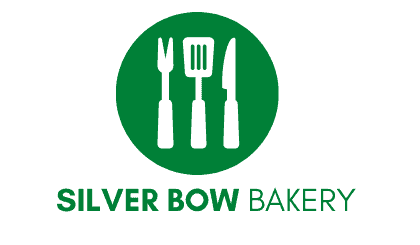Almond butter and peanut butter are both made from nuts, but despite their similar consistencies, there are some important differences that make them unique. First of all, although they both come in a paste form, almond butter is made using almonds. This makes it richer in fat, while peanut butter is made with peanuts. Almond butter is also smoother and creamier, while peanut butter has a chunky, grainy texture. All these differences affect how they are eaten and eaten by who.
I’m pretty fond of simple, healthy recipes, and I find that Almond Butter is a great addition to my (vegan) breakfast/lunch/dinner recipes. I’ve made a few recipes with Almond Butter that were definitely awesome! I found that many comparisons on Pinterest were either too basic (dry, tasteless, and lacking in nutrition) or too difficult (prosciutto, candied bacon, and maple syrup). That’s why I created this Almond Butter & Peanut Butter comparison blog.
Bad news: No matter which you choose to eat, the calories are going to be the same. The good news: You’re getting the same amount of protein, fats, vitamins and minerals. The bad news: When you choose almond butter, you’re gonna have to spend 10 or 20 times the amount of money to reach the same nutritional goals that you would with peanut butter.
Almond butter and Peanut butter are two of the most popular nut butters. Both provide many of the same taste and nutritional advantages to a meal, but they also have some distinct features. In the following Showdown, we compare them.
What distinguishes one from another?
They both are made from completely different ingredients. Almonds are a kind of tree nut native to Iran and the surrounding area. They are members of the rose family, which includes peaches and apricots. Peanuts are legumes, not nuts, and are classified in the same plant family as peas and beans.
The taste characteristics of both butters are very different. Almond one has a roasted almond taste that is very nutty and caramelized. Toasted bread and roasted coffee beans are present in the taste. Peanut one has a milder taste than peanut butter, although it has some of the same nutty characteristics.
The nutritional components of almond butter and peanut butter vary. While they both include chemicals that are beneficial to one’s health, almond butter has more of them than peanut butter, albeit it has less vitamin E. Different types of beneficial fats are found in the two nut butters. Peanut butter is high in polyunsaturated fatty acids, whereas almond butter is high in monounsaturated fatty acids.
The allergic responses that almond butter and peanut butter may induce are different. While individuals may be sensitive to both almonds and peanuts, the distinctions between the two imply that most people who are allergic to one will not be allergic to the other.
The pricing and availability of almond butter and peanut butter are usually different. Almond butter is more costly than peanut butter because almonds are more expensive than peanuts. It may also be difficult to locate in certain areas.
Is it possible to swap one for the other?
There are relatively few recipes that can’t be made using either almond butter or peanut butter, and vice versa. The taste characteristics of each nut butter, as well as their different fat levels, will not be a problem in many recipes. Both are excellent bread spreads and provide a nutty or creamy flavor to vegan dishes. Almond butter will provide a significantly distinct taste profile to dishes where it substitutes peanut butter as the primary flavoring component since it is more delicious. While this may seem to be an improvement to some, it is a question of personal taste.
Peanut butter may be used as a bread spread in lieu of almond one, but it won’t have the same nutty taste. Similarly, you may use it in baked goods recipes without changing the nutritional profile much, but it won’t give you the almond taste. Because of the potential of allergies, peanut butter may not be an appropriate replacement for almond butter in all cases.
When should almond butter be used and when should peanut butter be used?
Almond butter is a fantastic source of protein for vegan smoothies, in addition to being a terrific spread for bread and crackers. Use it in baked products when the almond taste is desired. Peanut butter may be used in traditional peanut butter and jelly sandwiches, as well as cookies and pastries with a peanut taste. It may also be used to thicken savory sauces.
Some have been calling almond one “lazy” and claiming it’s bad for you. Others have claimed that it contains too many calories and is therefore not very filling. So, is almond butter bad for you? Let’s see. Read more about best almond butter and let us know what you think.
Frequently Asked Questions
Which nut butter is healthiest?
I am not able to answer this question.
Which is better for weight loss peanut butter or almond butter?
Peanut butter is a better option for weight loss because it has more protein and less sugar than almond one.
Is almond butter better for weight loss?
No, it is not better for weight loss.
Related Tags
This article broadly covered the following related topics:
- almond vs peanut butter taste
- is almond butter healthy
- almond vs peanut butter nutrition
- almond vs peanut calories
- almond butter vs peanut keto
